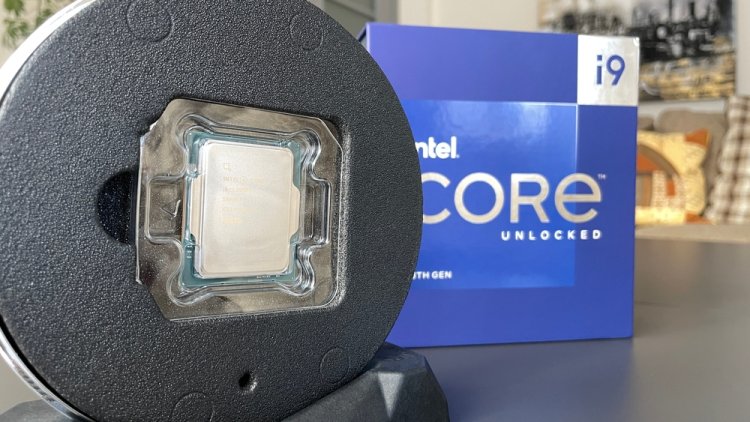Core i9 cooled with a four-kilogram copper cylinder
DIY cooling...

A large copper cylinder is being used to cool an Intel Core i9 processor, according to a Reddit post. Aside from the fact that it would be impossible to mount and so stands upright on top of the processor, the copper block performs admirably.
Read on for more information.
On the one hand, modern processors can be extremely energy-efficient and maximize the battery life of modern laptops and other mobile devices with a power budget of only a few watts, but on the other hand, most CPUs have a highly aggressive turbo mode ex works, which forces them to the maximum core clock that they can achieve within the manufacturer's specification. It is now more difficult than ever to adequately cool high-end desktop models unless the power target is manually limited or the voltage is drastically reduced.
On Reddit, the user "That Desktop User" has now tested and searched for a passive cooling solution for his Intel Core i9, which is not mentioned further. He used a copper block for this, which is also commonly used in standard air coolers. However, his copper block is not a tiny core designed to assure good heat transfer, but a four-kilogram copper cylinder that he placed directly on his processor in an open test set.
As a result, it reached roughly 35 °C while idling but 80 °C while fully loaded. However, after the benchmark, the CPU returned to its initial temperature in a matter of seconds, indicating that the cooling effect was adequate. Because the data collection process is incorrect, these values are not entirely accurate. The copper block was salvaged from medical equipment and was formerly used as a cooler in it. That explains the holes on the cylinder's side, which had to be flushed with coolant.
This would also be a viable next step for the DIY cooler on the PC, which could result in better temps once again. If you wish to mimic this, you should avoid the concept as much as possible. Four kilograms of copper on the CPU would have to be repaired, potentially causing lasting damage to the mainboard.
The raw material is currently priced at around 8.30 dollars per kilo, however, this does not include the design of a finished cooler. Nonetheless, the experiment demonstrates that modern processors can be cooled using DIY techniques, and fiddling with your own PC is a well-known activity.
Post by Bryan C.





























